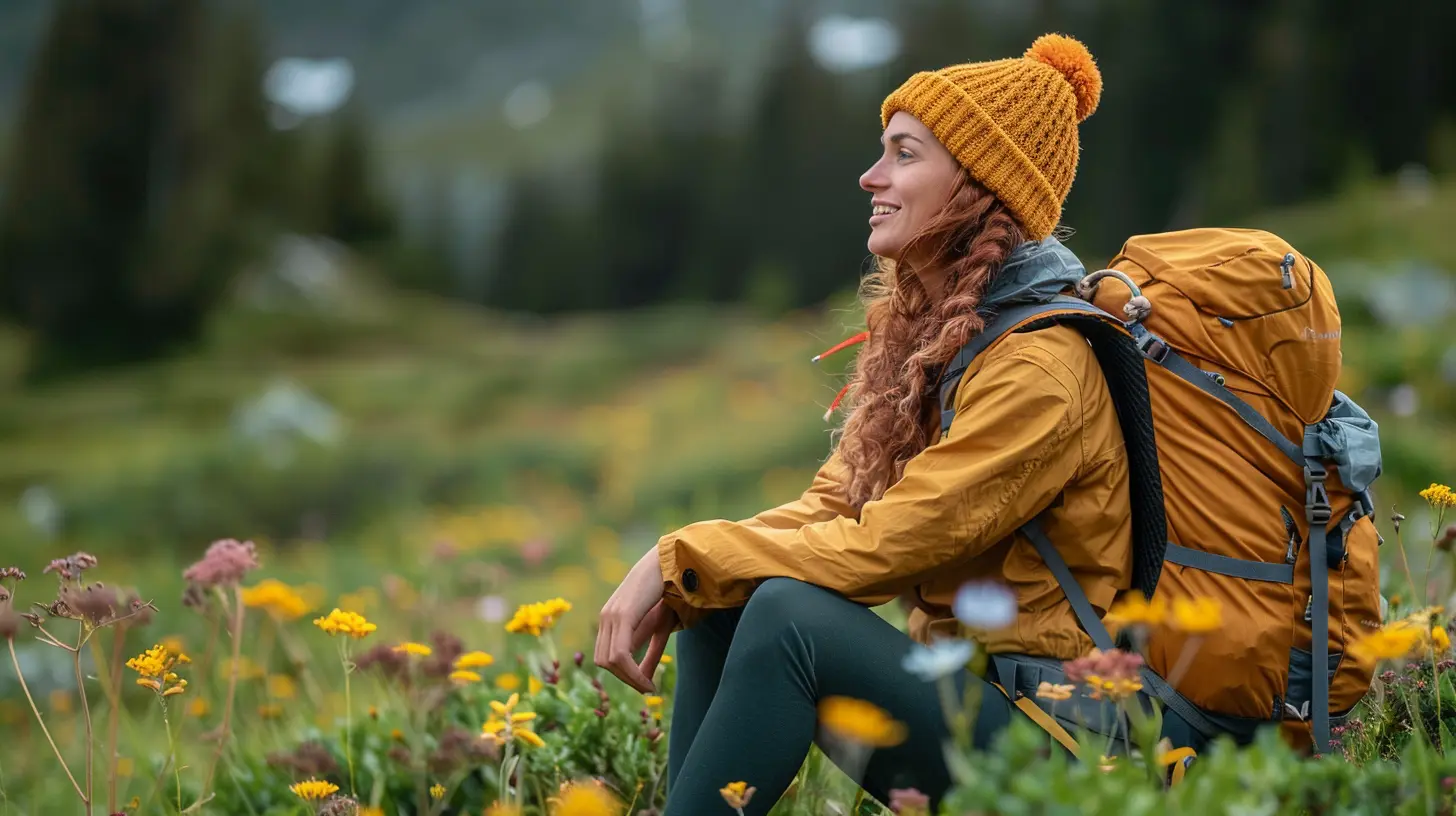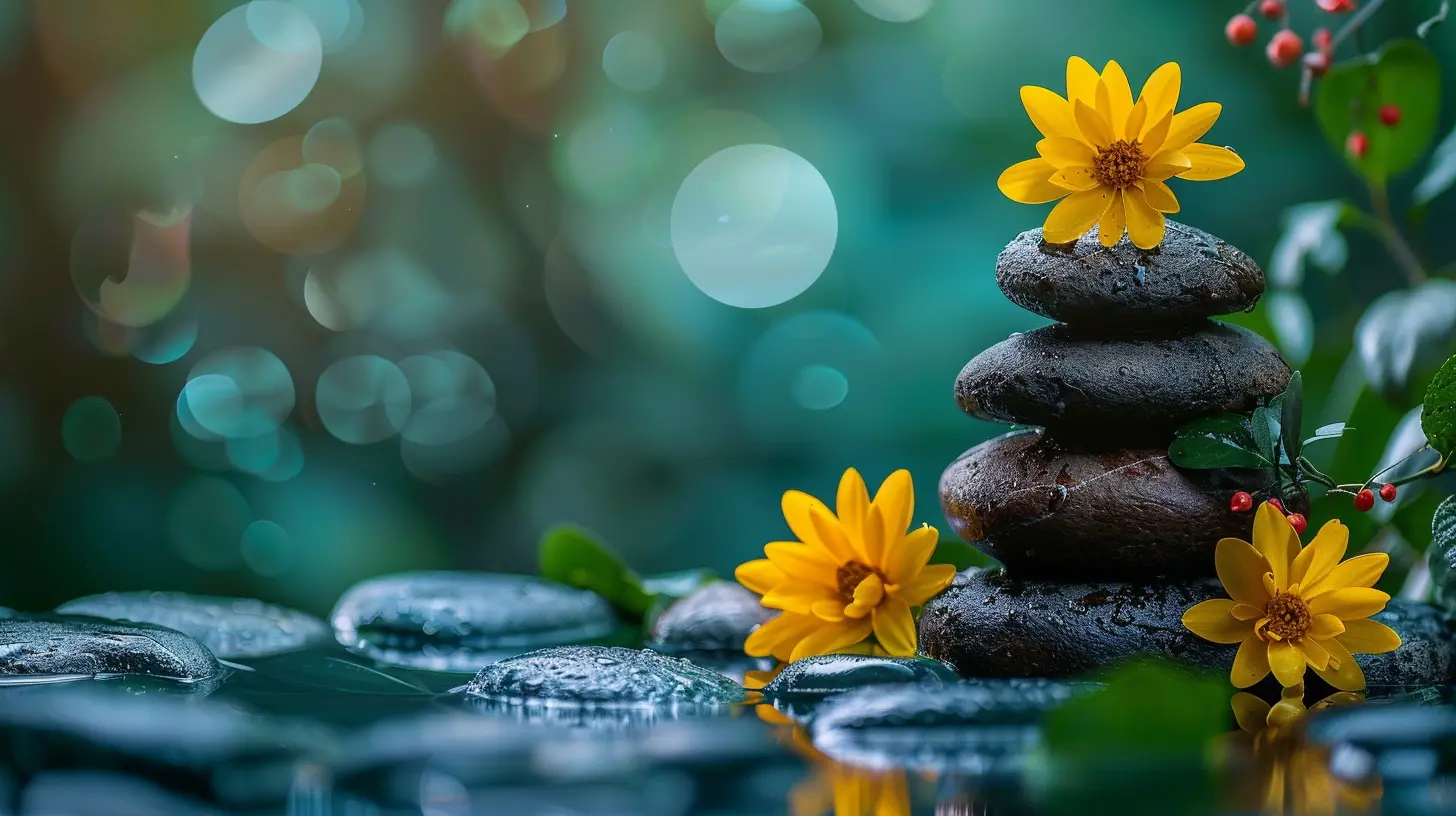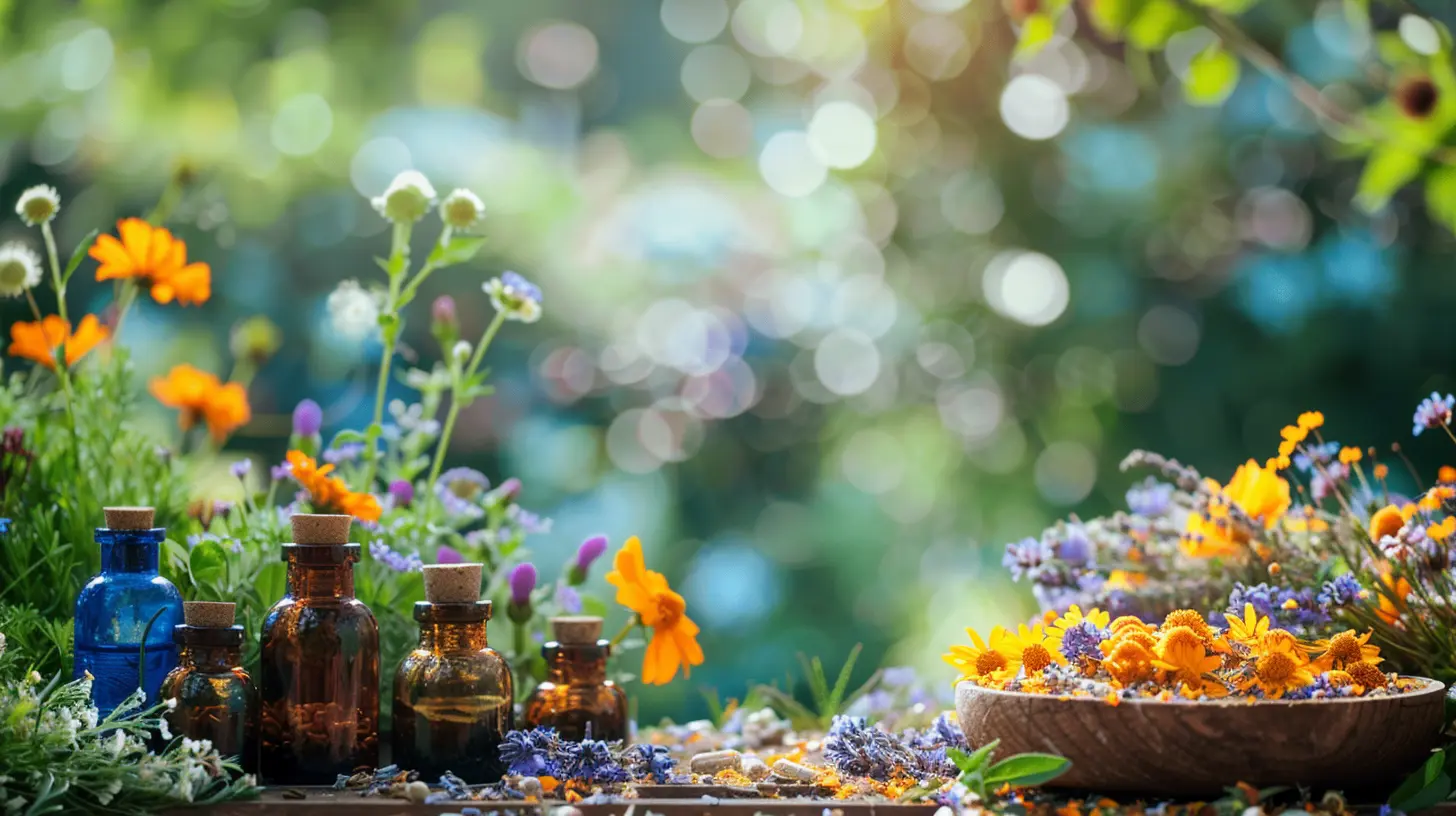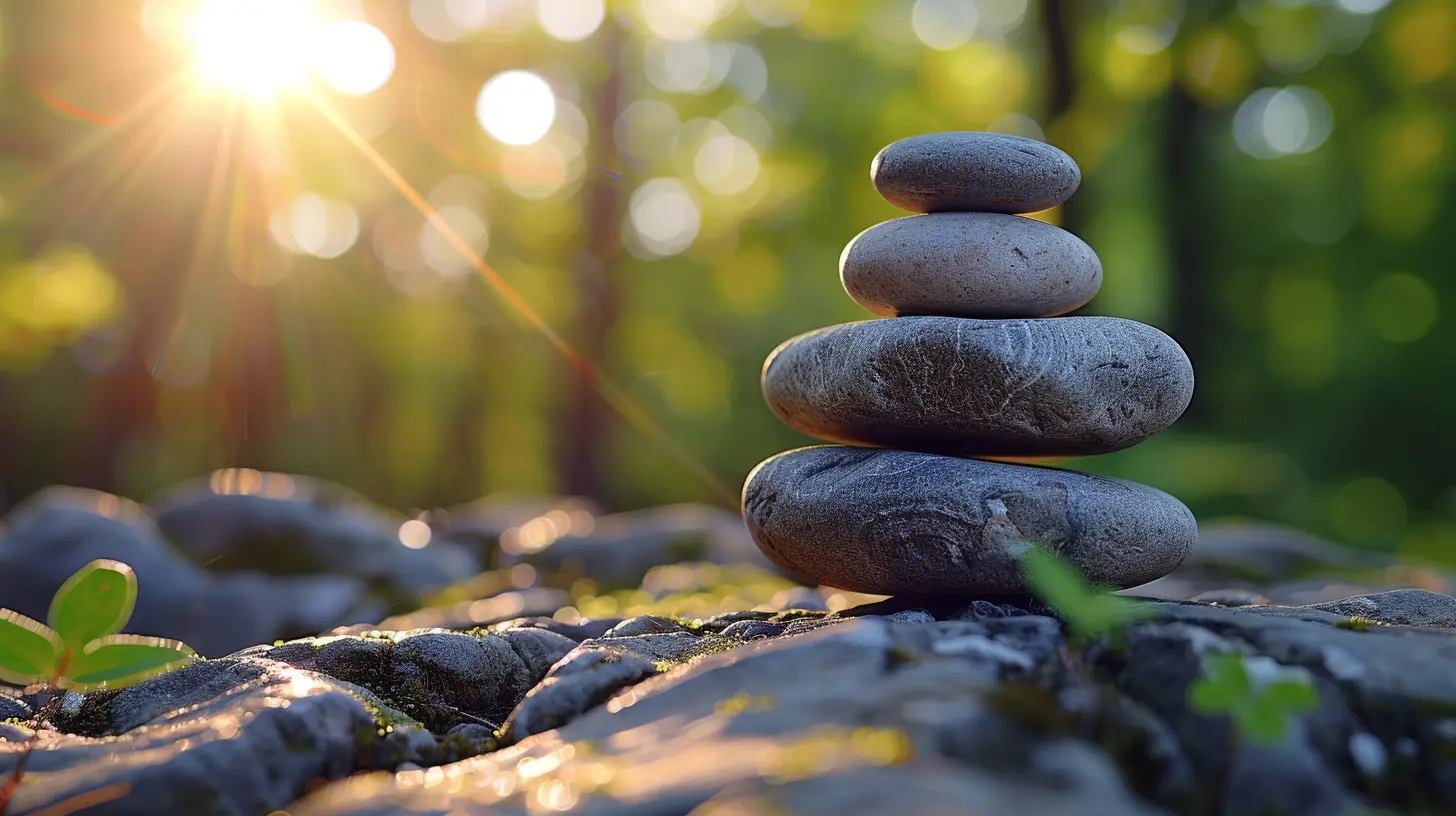Nature Therapy: The Healing Power of the Outdoors
5 July 2025
Let’s face it — life gets overwhelming. From endless screen time to the daily grind, the modern world has a knack for draining our mental batteries. But what if the solution to recharging wasn’t in your medicine cabinet or your phone, but just outside your front door?
Welcome to the world of Nature Therapy — also known as ecotherapy or green therapy. It’s not just a trendy buzzword; it’s a scientifically-backed, soul-nourishing way to improve your health by reconnecting with the great outdoors. So, grab your hiking boots, or simply slip off your shoes and step onto some grass — because in this article, we’re unpacking the healing power of nature.
What Exactly Is Nature Therapy?
Nature therapy, at its core, is the practice of being in natural surroundings to boost well-being. It's based on the idea that humans are designed to be part of the natural world. Yet, modern life has distanced us from this connection. By intentionally spending time outdoors, we can tap into the calming, restorative effects nature has to offer.Think of it as hitting the reset button — but instead of using tech, you’re using trees, rivers, birdsongs, and fresh air.
Why Does Nature Heal Us?
Let’s break it down. Nature is a multisensory experience. The sights (lush greenery, flowing water), sounds (rustling leaves, chirping birds), smells (pine, wildflowers), and tactile experience (wind on your skin, sand underfoot) work together to soothe an overstimulated mind.There’s science behind this, too:
1. Reduction in Cortisol Levels
Cortisol is the stress hormone. When you’re in nature, your cortisol levels drop. It’s like a natural stress-relief switch. Lower cortisol equals less anxiety, better sleep, and a happier you.2. Lower Blood Pressure and Heart Rate
Just a 20-minute walk in a park can lead to measurable decreases in blood pressure and heart rate. That’s your heart literally thanking you for stepping outside.3. Boosted Immune System
Ever heard of phytoncides? These are natural oils emitted by trees and plants. Breathing them in can increase white blood cell activity — your body’s defense mechanism.4. Enhanced Mood and Focus
Nature has been shown to lower symptoms of depression, ADHD, and anxiety. Greenspaces are like a natural antidepressant without the side effects.
The Growing Movement: Ecotherapy in Practice
More therapists and healthcare providers are incorporating nature into treatment plans. From park prescriptions to guided forest therapy sessions, ecotherapy is stepping into the spotlight.Here are a few ways professionals are using nature therapy:
- Walk and Talk Therapy
Instead of the traditional couch session, the therapist and client go for a walk in a park or forest. Movement + nature = double the benefits.- Animal-Assisted Therapy in Natural Settings
Think therapy dogs — but on a walk through a forest trail. Patients reap the rewards of animal connection and nature's tranquility all at once.- Wilderness Therapy for Youth
These are structured outdoor programs designed to help teens battling substance abuse, anxiety, and behavioral challenges. Nature often becomes the silent mentor, helping them find clarity and direction.
Types of Nature Therapy You Can Try Today
You don’t need a prescription or a therapist to start reaping the benefits of nature. Here are some practices you can try right now:1. Forest Bathing (Shinrin-Yoku)
Originating in Japan, Shinrin-yoku or forest bathing involves slowly walking through a forest, fully engaging your senses. It’s not about exercise — it’s about being present. Smell the bark. Listen to the birds. Touch the leaves. Let the forest wash over you.2. Gardening
Getting your hands dirty in the soil isn't just relaxing — it's good for your gut microbiome and mental health. Growing something (even a potted herb) is deeply therapeutic.3. Beach Therapy
There’s something magical about the ocean. The sound of the waves is rhythmic and meditative, and the salty air helps clear your mind (and sinuses!). Don’t live near the sea? Try sitting by a lake or river. Water calms the soul.4. Nature Meditation
Find a quiet spot outdoors and meditate. Use the sounds and sensations of the environment instead of music or guided audios. Being still in nature deepens the experience tenfold.5. Hiking and Trail Walking
Whether it's a short walk in your neighborhood park or a mountain trek, walking in nature does wonders. It’s exercise plus natural serenity.Nature and Mental Health: A Powerful Connection
Let’s talk about the elephant in the room — mental health. It's no secret that more people than ever are struggling with anxiety, depression, and burnout. Nature therapy isn’t a cure-all, but it’s a powerful tool in the mental health toolkit.- Combats Anxiety
Nature helps calm the fight-or-flight response. It reminds us we’re part of a bigger picture, and that alone can ease anxious thoughts.- Lifts Depression
Spending time in green spaces increases serotonin — the brain’s happy chemical. Plus, sunlight gives a natural dose of Vitamin D, which is known to fight depression.- Improves Self-Esteem
Accomplishing small outdoor goals like planting a garden, finishing a hike, or simply walking barefoot on grass boosts confidence and provides a sense of achievement.Nature Therapy for Kids: Creating a Healthy Future
Kids today spend more time indoors than any generation before. This growing disconnect from nature has real consequences — poor attention spans, obesity, and emotional struggles.Studies show that outdoor play improves:
- Focus (especially for kids with ADHD)
- Emotional regulation
- Creativity
- Problem-solving
- Physical health
So if you’re a parent, encourage outdoor play. Build a fort. Go on a bug hunt. Let your kids get messy. It’s one of the best investments in their health and happiness.
Nature on a Schedule: Making Time for the Wild
You might be thinking, “I don’t have time to go for a two-hour forest walk every day.” Totally fair — life’s busy. But you don’t need to live near a forest or go off-grid to benefit.Here’s how you can sneak nature therapy into your routine:
- Eat lunch outside instead of at your desk
- Walk your dog in a green area, not just around the block
- Swap one gym session a week for an outdoor workout
- Add plants to your home or office
- Listen to nature sounds while working
- Watch the sunset — without your phone
Even a 15-minute daily 'nature snack' can make a difference.
Urban Nature Counts Too
Don’t have access to national parks or sweeping landscapes? No problem. Urban nature — parks, community gardens, tree-lined streets — still counts. The key is being intentional. Look around. Find beauty in the weeds between sidewalk cracks, the birdsong above the traffic noise, or the way sunlight filters through a high-rise.Nature doesn't have to be wild to be healing. It just has to be noticed.
Nature's Healing Power Isn’t New — Just Forgotten
Indigenous cultures around the world have known this for centuries. From Native American sweat lodge rituals to Polynesian ocean ceremonies, nature has long been a source of healing, connection, and wisdom.It’s only recently that modern medicine started catching up. But we’re finally waking up to what our ancestors always knew: healing doesn’t always come in a bottle. Sometimes, it comes with a breeze and a birdsong.
Final Thoughts: Make Nature Your Medicine
You don’t need to be a hardcore adventurer to benefit from nature therapy. You just need a willingness to slow down, unplug, and be present. The outdoors is waiting — not to be conquered, but to be felt.Next time you're stressed, anxious, or burned out, don’t scroll. Step outside. Sit under a tree. Let your bare feet hit the earth. Breathe deep. Listen. Feel. Heal.
You might just find that nature isn’t just beautiful — it’s medicine.
all images in this post were generated using AI tools
Category:
WellnessAuthor:

Angelo McGillivray
Discussion
rate this article
2 comments
Korian McGinn
What a beautiful reminder of the healing power of nature! Embracing the outdoors can truly rejuvenate our minds and bodies. Whether it’s a stroll through the park or hiking in the mountains, each moment spent in nature brings us closer to peace and well-being. Thank you for sharing this inspiring insight!
December 1, 2025 at 4:40 AM

Angelo McGillivray
Thank you for your thoughtful comment! I completely agree—nature has an incredible ability to heal and rejuvenate us. Your insights perfectly encapsulate the essence of nature therapy.
Eloise McInerney
Nature therapy offers a profound healing experience, highlighting the importance of outdoor connection for mental and physical well-being. Embracing nature can significantly reduce stress and enhance overall health.
July 18, 2025 at 3:22 AM

Angelo McGillivray
Thank you for your insightful comment! I completely agree—nature therapy truly emphasizes the vital connection between our well-being and the outdoors.


